OTHERS
Food quality control / Air pollution detection / Forensic science
Potential applications of the technology
Food Quality
Food quality management
Foreign material detection and quality inspection in factories.One of the technologies that has great potential in food inspection is hyperspectral imaging, which has the advantages of nano-level spectral resolution,and the ability of providing detailed information of each band that can quickly reveal food quality.。
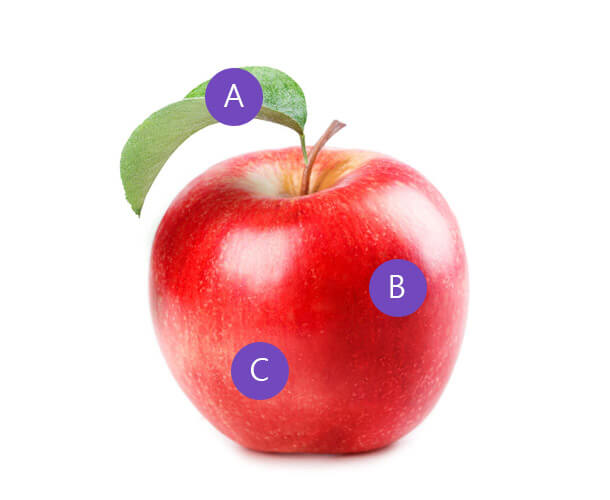
- A
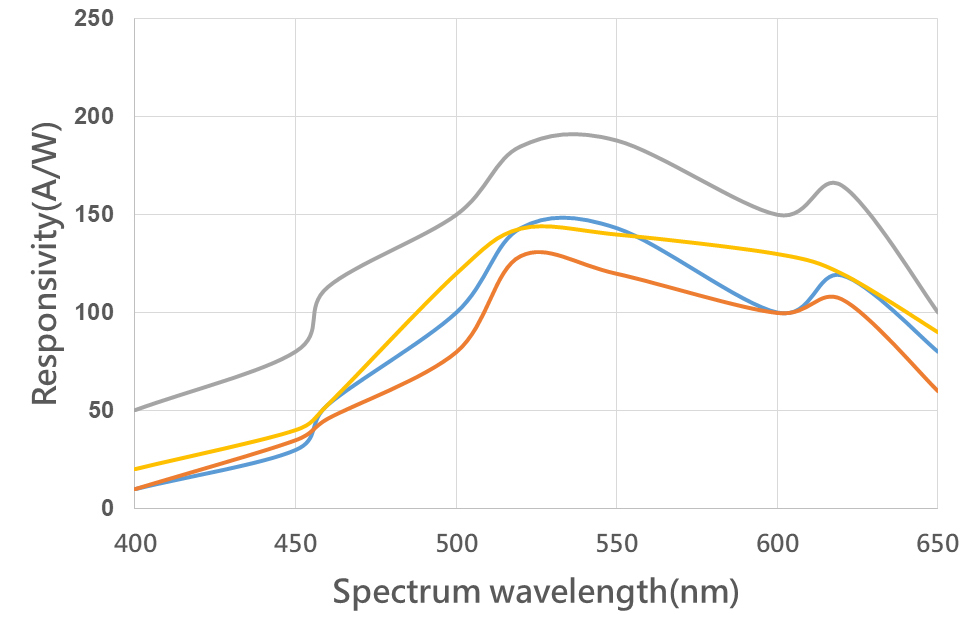
- B
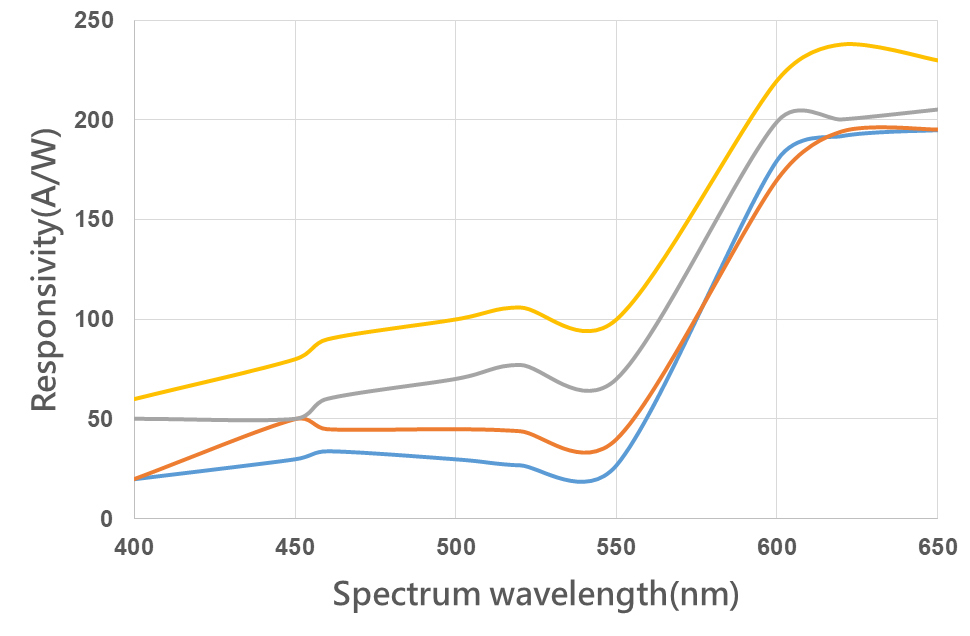
- C
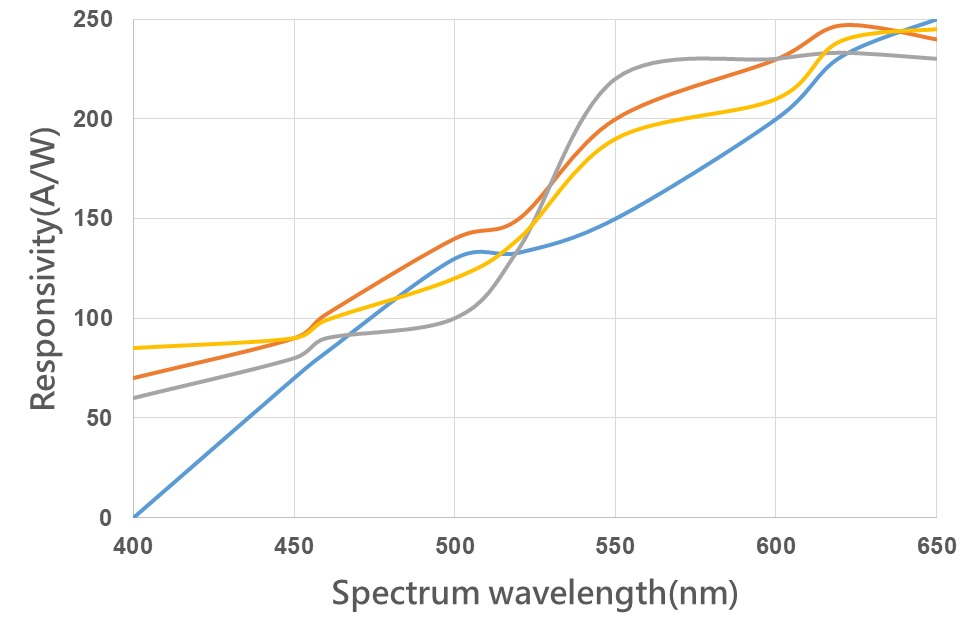
Spectral analysis of food
It can effectively inspect solid, liquid, and gas samples
Rapid / non-destructive
- Rapid test
- Instant result
- Non-destructive testing
- Highly sensitive
Our hyperspectral imaging can effectively analyze solid, liquid and gas samples. By analyzing the information of the spectrum, we can classify food information while inspecting them, effectively establish a standard of the food. In addition, we can also estimate the quantity of certain components of the food.
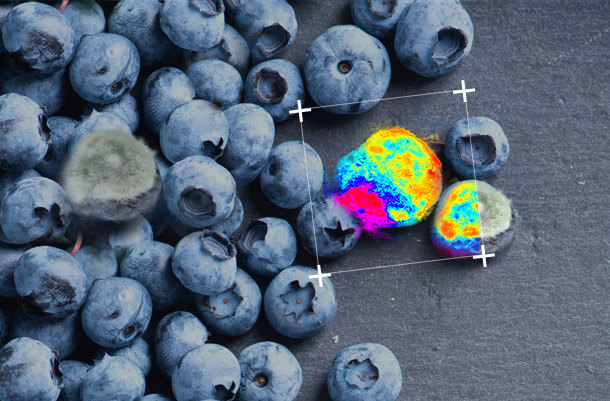
The benefits of food analysis
Estimate the shape, color, scars, tenderness and pest of crops
Speed up quality control inspections
In terms of food analysis, hyperspectral imaging is used to control quality, grade the material and test pesticide residues. Factors such as the shape, color, scars, tenderness, disease and insect pest of crops are estimated and further classified as organic, green, pollution-free, ordinary and other food types. By establishing clear standards, the food safety can be guaranteed and the inspection process can be fast.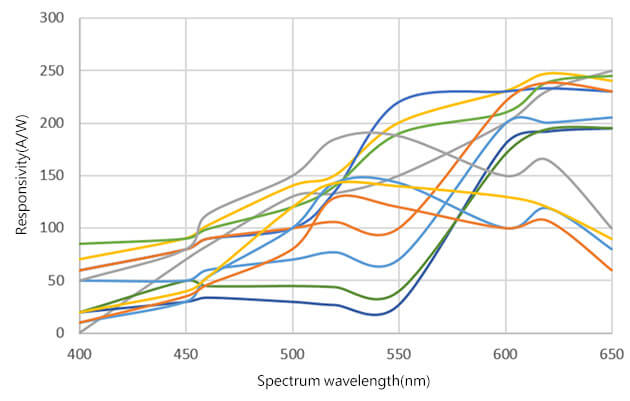
Application
Visualize food components for safety assessments

Fine classification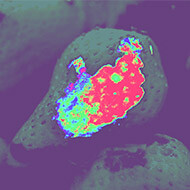
Food safety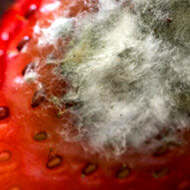
Quality assurance
Let us help you
Through customized solutions, food can be effectively inspected and graded. Please contact us for more information.Air Quality
Air pollution detection
Analysis of combustion, smoke and vaporized gases.In order to cope with air quality deterioration, the government and other relevant agencies have built an air quality monitoring network, which established the “standard grading scale” of the main pollutants and concentrations in the air, so the "air quality index (AQI)" (Note 1) is provided to the public, reminding everyone of the harmfulness and the importance of doing our part to protect the environment.
| Health effects | Good | Moderate | Unhealthy for sensitive groups | Unhealthy | Very unhealthy | Hazardous |
|---|---|---|---|---|---|---|
|
AQI
Color
|
0~50
 |
51~100
 |
101~150
 |
151~200
 |
201~300
 |
301~500
 |
| Color |
 |
 |
 |
 |
 |
 |
The air quality index provides six indicators according to the health effects of the air pollution: Good, Moderate, Unhealthy for sensitive groups, Unhealthy, Very unhealthy, Hazardous.
Note 1, reference from Environmental Protection Administration Executive Yuan, R.O.C. (Taiwan)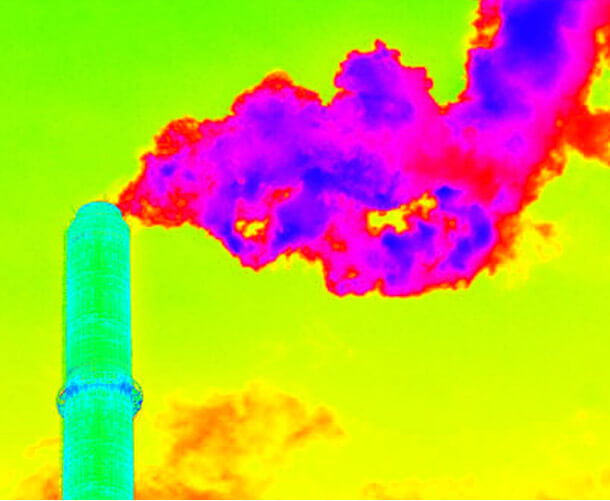
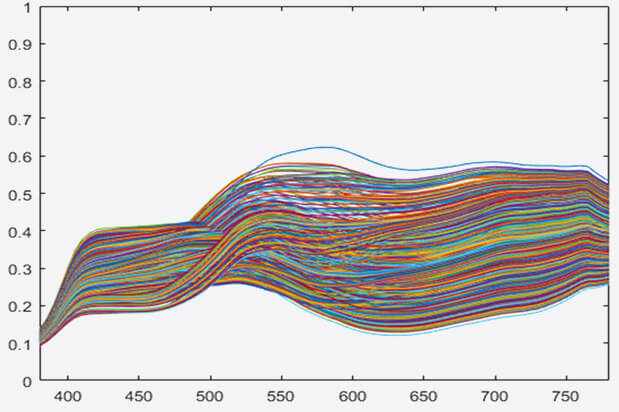
Simple explanation of the technology
Common air pollution detection methods are often expensive and with limited space.Our hyperspectral imaging can provide the spectrum of each pixel in the image. When the technology combines with a UAV, it will be given the advantages of long-distance large-area monitoring, without geographical restrictions, and greatly reduce the cost caused by equipment.
Various substances have different energy absorption of sunlight, to build a spectral database of such specific data can enable the identification of the air pollutants throughout images and achieve the purpose of air pollution detection. For example: the distribution and concentration of suspended particulates (PM10), fine suspended particulates (PM2.5), ozone (O3), nitrogen dioxide (NO2), sulfur dioxide (SO2), and carbon monoxide (CO).
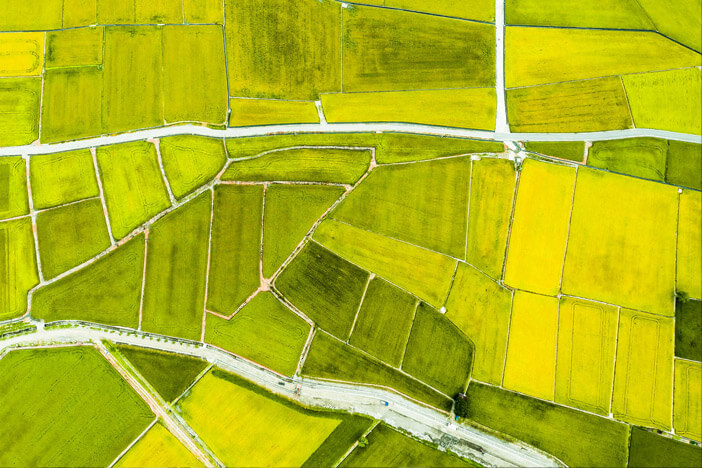
An image captured by a UAV combined with hyperspectral image identification system.
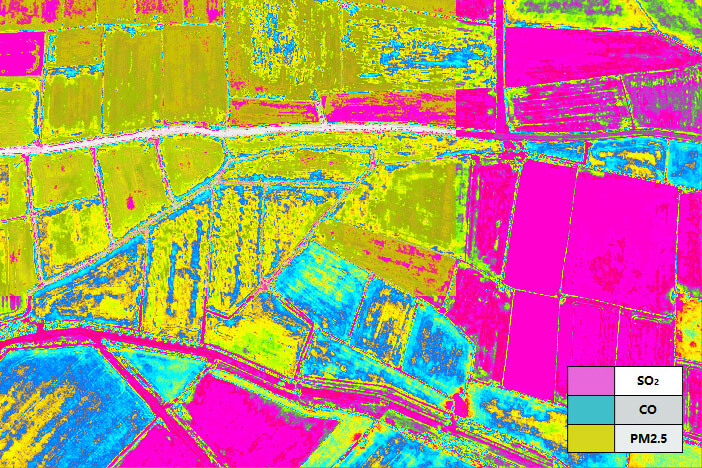
After identification, display the distribution of air pollution.
Forensic Science
Forensic identification
There can be no secrets under hyperspectral detection.- Bullet
- Document
- Fingerprint
- Tool Mark
- Imprint
- Voiceprint
- Image Identification
- Trace Evidence
Examples of bullets, documents, fingerprints, tool marks, imprints, voiceprints, images and trace evidences belong to this category.
"Hyperspectral imaging technology" captures images under different wavelengths of light, revealing various traces that cannot be recognized by the naked eye. Such as handwriting alteration, blood stains at different times, gunpowder residue, shoe prints, tire prints, etc. all require changes in light source to be seen. Further, the spectrum can also be used for fast object comparison.

Forensic image analysis
Reveal traces invisible to naked eye
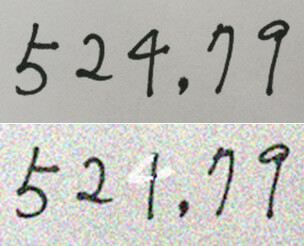
Word alteration
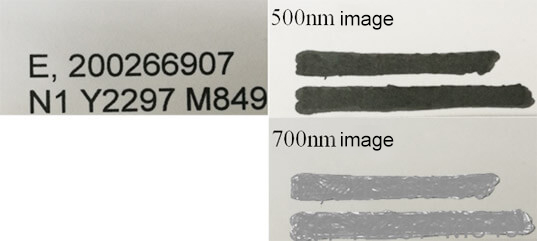
Word recovery
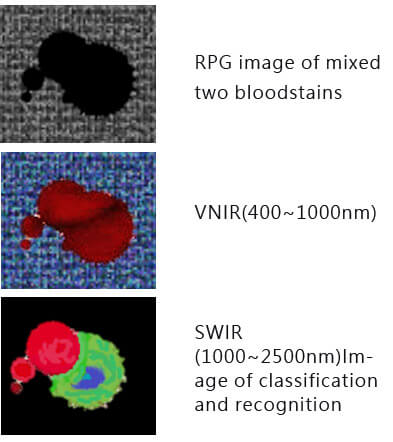
Blood stain analysis
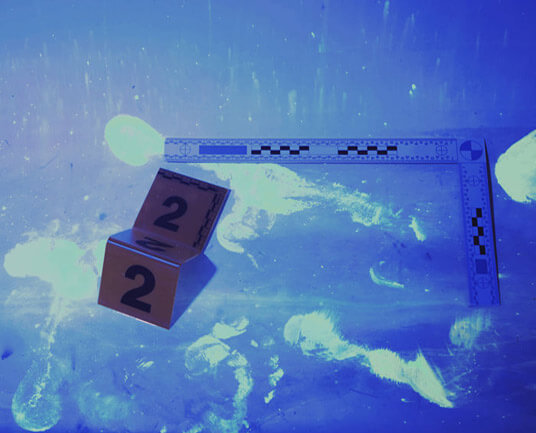
The shape of the shoe prints and blood stains are revealed under ultraviolet light

Fingerprints
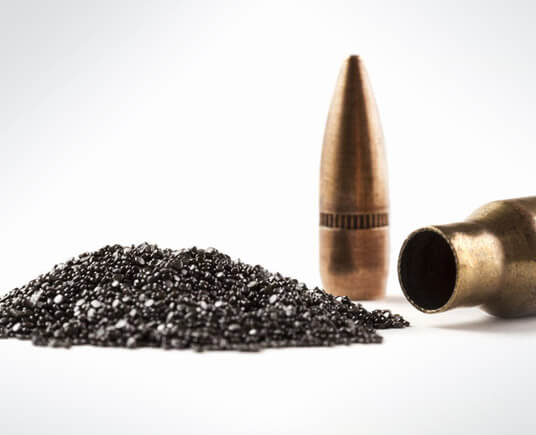
gunpowder residue

